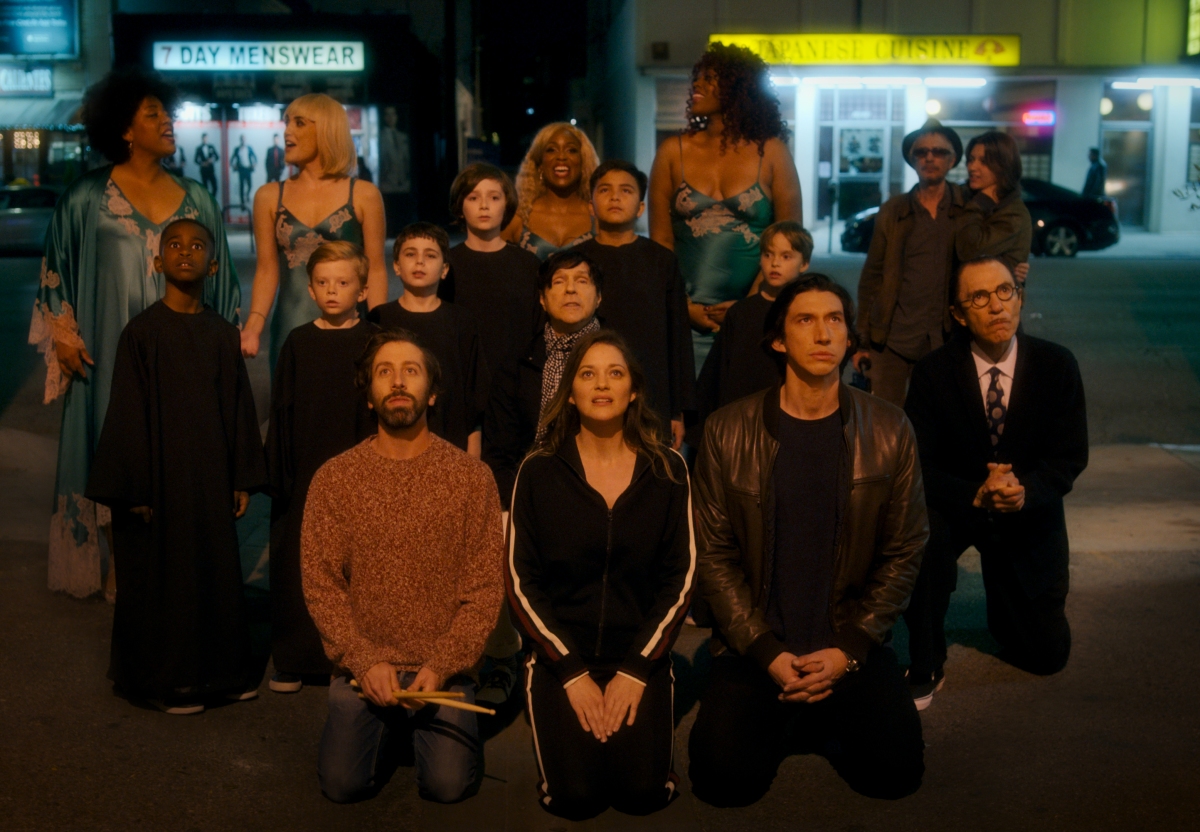Don’t let the opening sequence put you off— it feels a bit like a Mattel commercial but lasts only about two minutes and hints at the humor to come.
The action in writer/director Greta Gerwig’s wonderfully offbeat Barbie unfolds over two distinct settings: “Barbieland” and the “Real World.” We already know the travails of the latter, but Barbieland’s got some serious problems, too: bullies, gnarly injuries, hangovers (!), and identity crises, to name a few. So, Gerwig gets that part exactly right, to which any of us who remember pretend play (whether with Barbie Dolls, The Lone Ranger, Cabbage Patch Kids, or plastic toy soldiers) can attest. In child’s play, there will be conflict.
Enter Gerwig’s Ken (Ryan Gosling) who clearly obsesses over Barbie (Margot Robbie), a fact that seems somehow unsurprising. Nuanced interactions with the apple of his eye show he’s not quite sure what to make of his own libidinous impulses. This subtle detail, among many here, elicits a delicious yearning to see the film again—already, even before the first time is over! It’s a miraculous gift of Gerwig’s, similarly felt in her sublime 2019 reworking of Little Women.
But boldness isn’t something the writer/director avoids either. It shows in the topicality of Barbie. Themes include aging, celebrity (my thoughts turned to America’s Favorite Singing Barbie, Taylor Swift), friendship, patriarchy, perfectionism, and many others to be discovered in subsequent viewings.
For example, through her penchant for perfect dialogue Gerwig brilliantly, efficiently, and wittily, defines patriarchy: to some of Barbie’s very valid protestations, Ken replies: “It doesn’t matter! I’m a dude, and that’s enough.” Similarly, when Mattel execs (all male, comically clueless) get fed up with Barbie running around “loose” in the Real World, they demand she “Get in the box.” Yet she never, for a second, allows the film to bog down with current events or preachiness.
By no means a musical, the movie nevertheless features singing and dancing by both Robbie and Gosling (soloists) with support from innumerable dolls in the corps de ballet. (Does anyone else find it strange how ubiquitous song-and-dance numbers have become in the past 30 years?)
Anyway, Greta Gerwig, in every way, gets the all-important subtleties in this the best absurdist, corporate, existential, live-action, protest, toy-based movie of all time. Startlingly (and successfully) ambitious, the film nudges you into believing. Of course, in the end it’s “a Barbie doll” who reminds us what it means to be human.
the international CRITIQUE rating:









